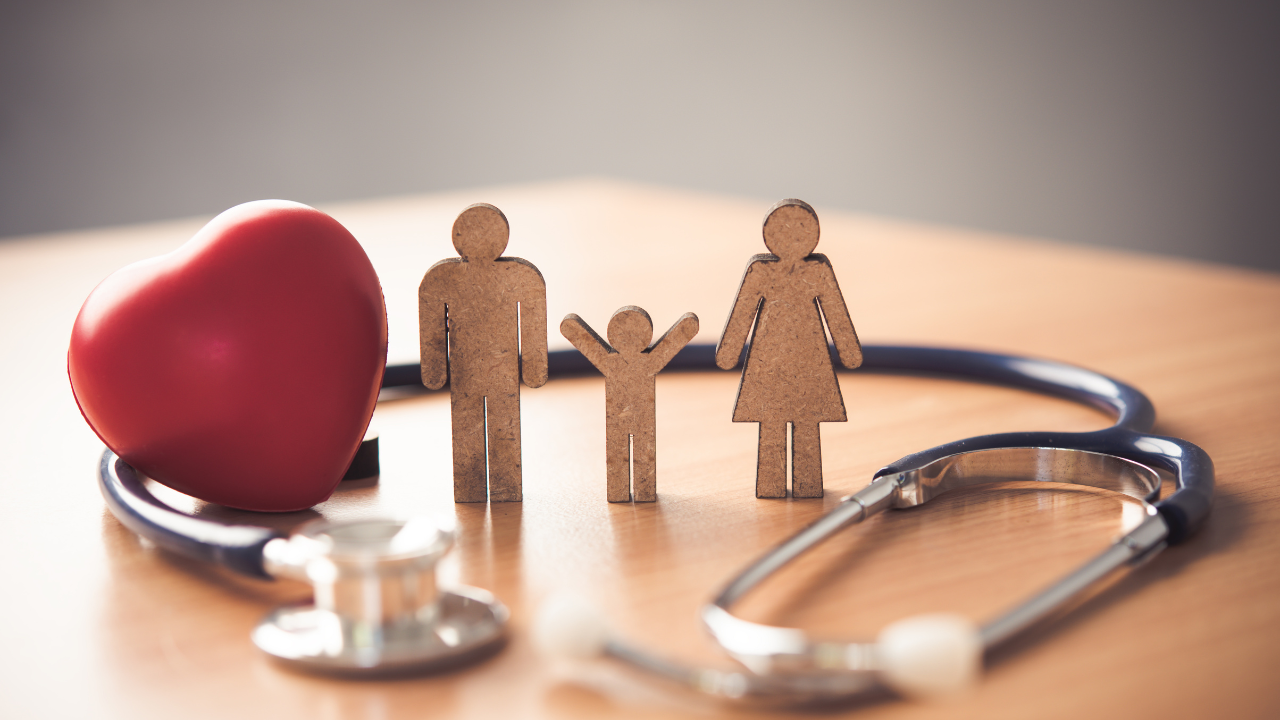|
Setting the Scene
One of the most significant effects of the COVID-19 pandemic was the shutdowns that occurred worldwide as governments aimed to prevent the spread of COVID through closing down in person day-to-day activities. These activities were where many of us gained our most important social interactions, whether that be through work, school, or leisurely activities such as going to a restaraunt. This shift in a way of living day-to-day life brought on a whole novel set of issues that we were faced to deal with without much guidance. Social Isolation and Economic Issues Hurt Health For many of us, the majority of our social interaction spent during the day is through work. The average US American averages 90,000 hours of work in their lifetime, about 1/3rd of their lives. Before the pandemic, the Asian Americans unemployment rate was among the lowest in the US - around 2.8%. When the pandemic hit, the Asian American unemployment rate skyrocketed to 15% in May of 2020, higher than other groups like Whites (7.3%) and Latinos (10.3%). Asian women faced significant hits in their career lives, with many of their jobs shut down. Furthermore, lack of access to child care due to factors such as school closures, child care closures, and economic issues prevented many women from being able to continue working. These issues caused by the pandemic led to high rates of social isolation. Social isolation leads to feelings of loneliness which leads to increased levels in mental health issues such as anxiety, depression, and suicide risk. It can also increase negative health issues such as heart problems, obesity, and risk for dementia. Many solutions to these health issues that are available do not include cultural and language considerations that create a sense of community and connectedness for Asian Americans. Improving Health by Bringing Community Back Take a look at one community outreach program from Philadelphia. It is known that Asian American women face a higher burden of cervical cancer in the US. With this in mind, this outreach program used proper language and cultural knowledge to provide HPV-related education, self-sampling test kit instructions, and start a dialogue going with group discussions. From surveying these women after participating in this community intervention, resulting data showed that Asian women felt more empowered to self-test themselves as well as a better sense of social support and connectedness that helped get rid of stigma that surrounded the issue of poor health. Establishing community-based coalitions that address community health issues with cultural knowledge and tailored language approaches can help lead to lower levels of social isolation and the fear that is associated with getting involved in health. Participating in community-based outreach programs that focus on health empowerment, education, awareness, and promotion of community connectedness has the power to lead to positive health changes. If you are in search of a community based program that will offer resources that can benefit your health, visit the website, https://www.asiancaucusma.com/resources-1 to find a community based health program for you. By: Allison Tamburrano, Northeastern University Student
0 Comments
 COVID's Effect on Accessing Sexual Health Care Since the start of the pandemic in 2020, sexual and reproductive health care has become harder to access, sadly making it harder for women to physically take care of themselves. Issues such as staffing shortages, delayed in-visit appointments, requirements of isolation and testing, as well as a large switch to virtual appointments all have contributed to this problem. Asian Womens' Sexual and Reproductive Health Barriers Sexual and Reproductive health is extremely important to the overall physical health of women. Let’s take a look at an example. Hepatitis B is a virus that is commonly spread by exposure to infected body fluids. This can occur through sex. Out of the 1,649 Hepatitis B-related deaths in 2018, 46.1% were Asians/Pacific Islanders, resulting in the highest death rate among race/ethnic groups. This can be caused by a multitude of reasons, but it is important to realize that Asian American women are in a unique position where oftentimes they face more barriers to sexual and reproductive health care. These barriers include: ● Access to Service ● Quality of Services ● Personal Factors Accessing services that are available outside of work or school hours can be limited which make it difficult to attend appointments. This can also be caused by long commute times and difficulty accessing these health care clinics in a timely and convenient manner. Furthermore, many women do not have access to education and information on sexual health services being offered in an accessible way. Quality of services such as if translators are available or lack of cultural understanding of one’s viewpoints and opinions on sexual health can discourage Asian women from attending sexual healthcare appointments. Many Asian women would prefer to have these visits confidential and that is difficult when cultural aspects such as living with family, insurance dependability and being seen by others in their community can happen. Personal factors such as shame, stigma and stress can also play a huge role in not seeking care in fear of these negative feelings occurring. Health care professionals are often strangers and sharing deeply personal information on personal health and sexual intimacy can be scary and difficult. How to Fight These Barriers For women who have experienced barriers to getting healthcare for their sexual and reproductive health, one way to fight this barrier is to attend educational groups at community based organizations. There are community based organizations that include religious leaders and members of Asian communities as well as Asian healthcare workers that understand the barriers being faced. These organizations and education groups are listed here and are a great way to participate for your own health and wellbeing. Another effective way to gain information and knowledge on sexual and reproductive health care available that is accessible is social media. Social media advocacy groups on Twitter, Instagram, Facebook, and TikTok provide a large amount of resources that can be educational and culturally inclusive because they often are coming from a community member's own personal experiences and research. By Allison Tamburrano, Northeastern University Student |
Archives
July 2024
Categories |
|
© Asian Women for Health. All rights reserved.
|
WHAT WE DODONATEcontact us |


 RSS Feed
RSS Feed